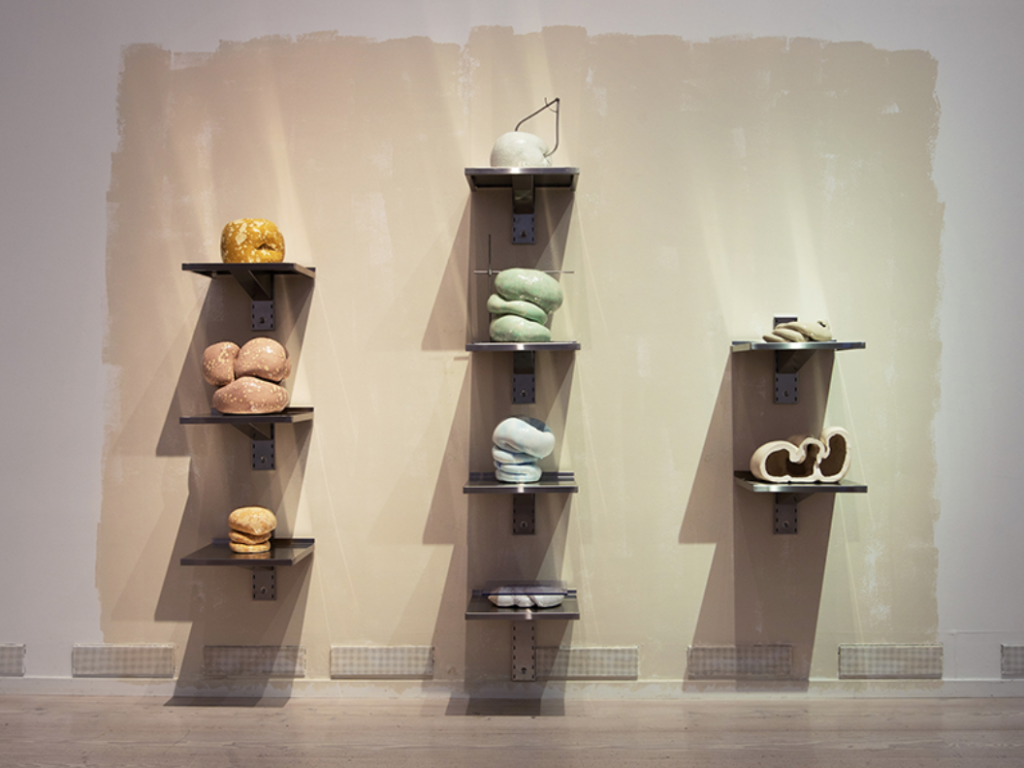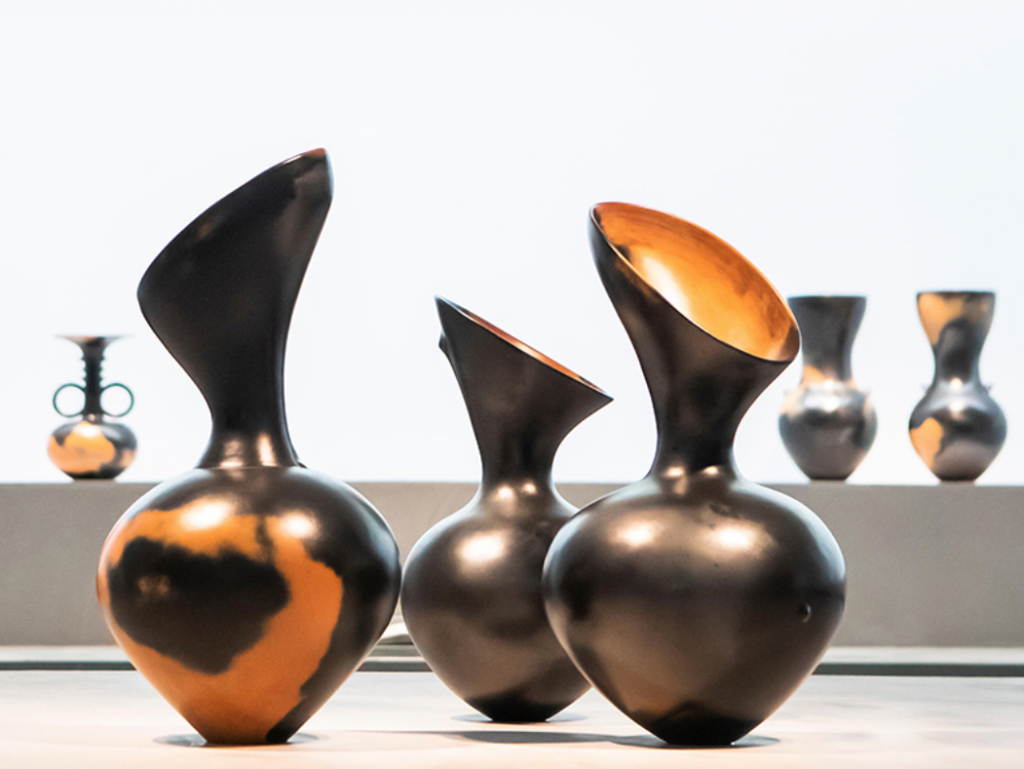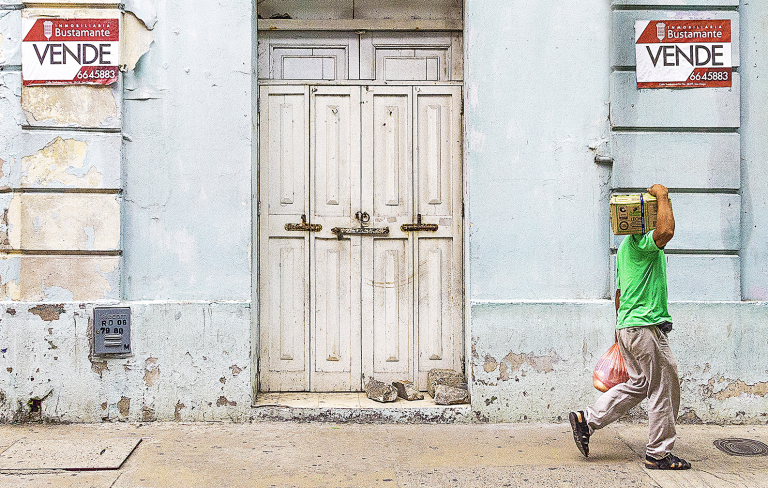Investing correctly is becoming increasingly difficult. Not least as a result of the immense money glut of many central banks around the globe, bubble tendencies can be identified in many investment markets. This leads to rising prices in all these markets, but always with the risk of a crash. Art, shares, vintage cars and, with some restrictions, properties in poor locations are all referred to by this. Luxurydefined, the online magazine of Christies International Real Estate has recently found an attractive niche: Artisanal assets.

Erika Stöckel, a young ceramic artist, is known for the physicality of her works, which often explore the structures behind oppressed bodies—particularly those of the indigenous Sami community of which she is a part. Image: Mattias Lindbäck
According to the British Crafts Council, 73 percent of adults purchased a work of artisanal craft such as handmade jewelry, blown glass, or ceramics last year, compared to just 17 percent in 2006. And the trend includes a significant shift towards younger consumers, with 32 percent of buyers aged under 35.

Kenyan-born British studio potter Magdalene Odundo is a world-renowned ceramic artist, whose simple yet powerful pieces reference Greek, Chinese, Aztec, and African forms. Image: Alamy
Marta De Roia, a specialist in design at Christie’s in London, isn’t surprised at the increased interest in what she defines as “the art of making by hand.” In fact, she says, the same trend is evident in North America, East Asia, and Europe. Joakim Borda-Pedreira, director of RAM Galleri, Oslo—which specializes in contemporary art, craft, and design—agrees. “We’re experiencing a craft renaissance where old techniques and styles are being rediscovered and updated,” he says. “In a society that mostly offers standardized products, young consumers are collecting works in a way that leans more and more towards quality, unicity, and supporting young artists. And they are expressing their individuality through their buying choices,” De Roia explains.
Borda-Pedreira suggests silver and ceramics as good starting points for collections. “You can buy a unique corpus work by a silversmith, a real piece of art, for the price of a cream jug at Georg Jensen,” he says. “And it’s difficult to go wrong with ceramic, as long as you buy quality.”


